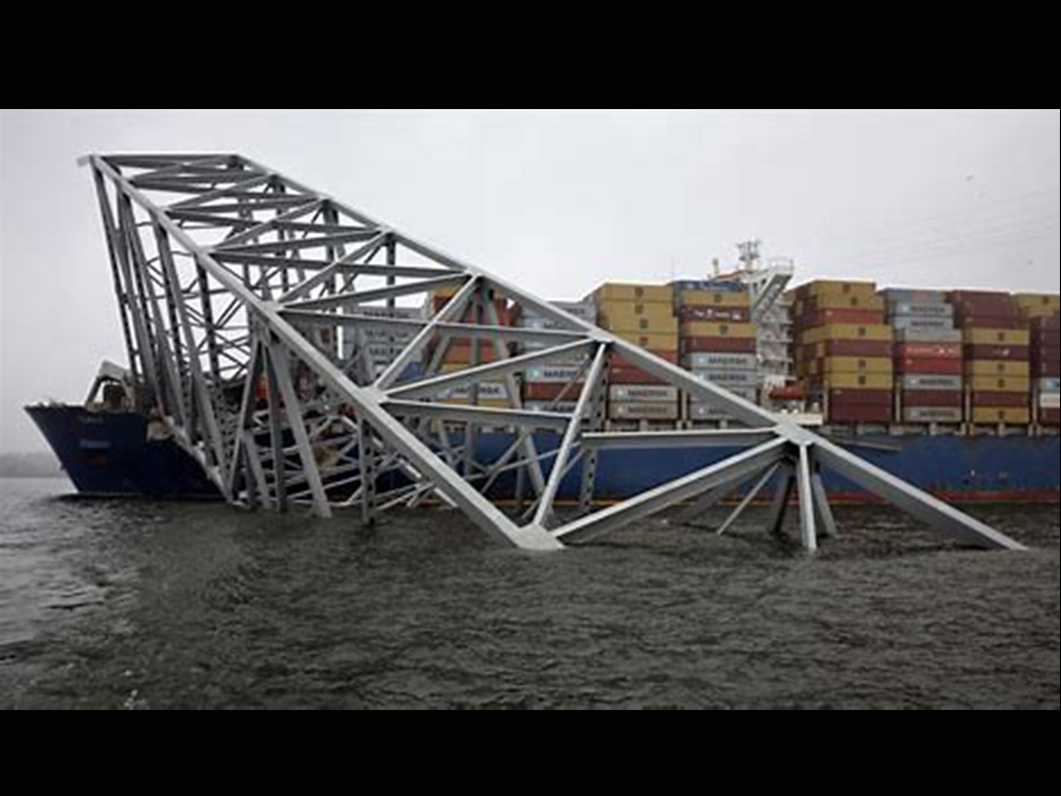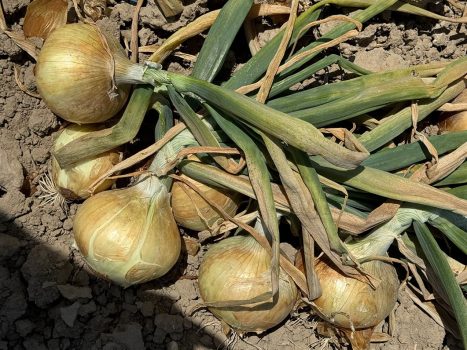
Focus on Logistics: Cain Adams Trinity Logistics Boise, Idaho
Crews are tirelessly working around the clock to clear the aftermath of the Baltimore Bridge, having successfully removed a 200-ton section on Saturday and a hefty 350-ton section on Monday.
The National Transportation Safety Board is currently investigating the involvement of the Dali, a 985-foot container ship with a crew of 21, in the incident. The ship’s representatives have sought to absolve themselves of liability, asserting that the disaster was not a result of any negligence or lack of care on their part.
According to Alexandra Salgado, Staff Reporter for Supply Chain Dive, Baltimore is taking proactive steps by preparing a small, temporary channel to facilitate essential vessel transit. This alternate lane is crucial for ongoing response efforts and marks the initial stride toward reopening the Port of Baltimore.
“The debris removal and cleanup will be extensive,” stated William Doyle, CEO of Dredging Contractors of America, in an email to Supply Chain Dive. He added that dredging and marine construction companies have offered their equipment to the U.S. Army Corps of Engineers in case a secondary channel needs to be dredged for smaller ships and vessels to navigate in and out of Baltimore.
Doyle emphasized that the cleanup operation will be a collaborative effort between the private sector and public sector, including state and federal emergency response initiatives.
The Port of Baltimore, renowned as the second-largest exporter of coal, also handles a significant volume of tractors, commercial vehicles, and automobiles. In 2023 alone, foreign cargo valued at $80.8 billion passed through the port.
In light of the crisis, other ports such as Brunswick, Savannah, and Jacksonville have stepped up to accommodate extra capacity. However, the situation has given rise to the invocation of “force majeure,” a legal term that allows for the suspension of contracts due to unforeseeable circumstances. This comes at a time when ocean carriers have been reaping substantial profits during the pandemic, then opposite effects due to reroutes caused by the Red Sea Houthi attacks and the Panama Canal drought bringing financial stress to ocean carriers.
Consequently, cargo initially destined for Baltimore is being redirected to alternate ports, leaving customers to bear the cost of pickup and delivery to the final destination.
The East Coast ports are expected to be slammed in the coming month, and the West Coast ports will also see increased activity due to the drought in the Panama Canal. This shift is anticipated to drive up rates for rail, truck, and storage out of California.
Despite the potential bottlenecks, the cleanup is estimated to take about 30 days, with 15,000 employees eager to return to work at the Baltimore Port. The question remains whether the freight will revert to its original route or if the alternative ports will leverage this opportunity to alter the supply line in their favor. Only time will reveal the outcome.
Cheers and sell those onions!
Cain Adams Trinity Logistics Boise, Idaho



